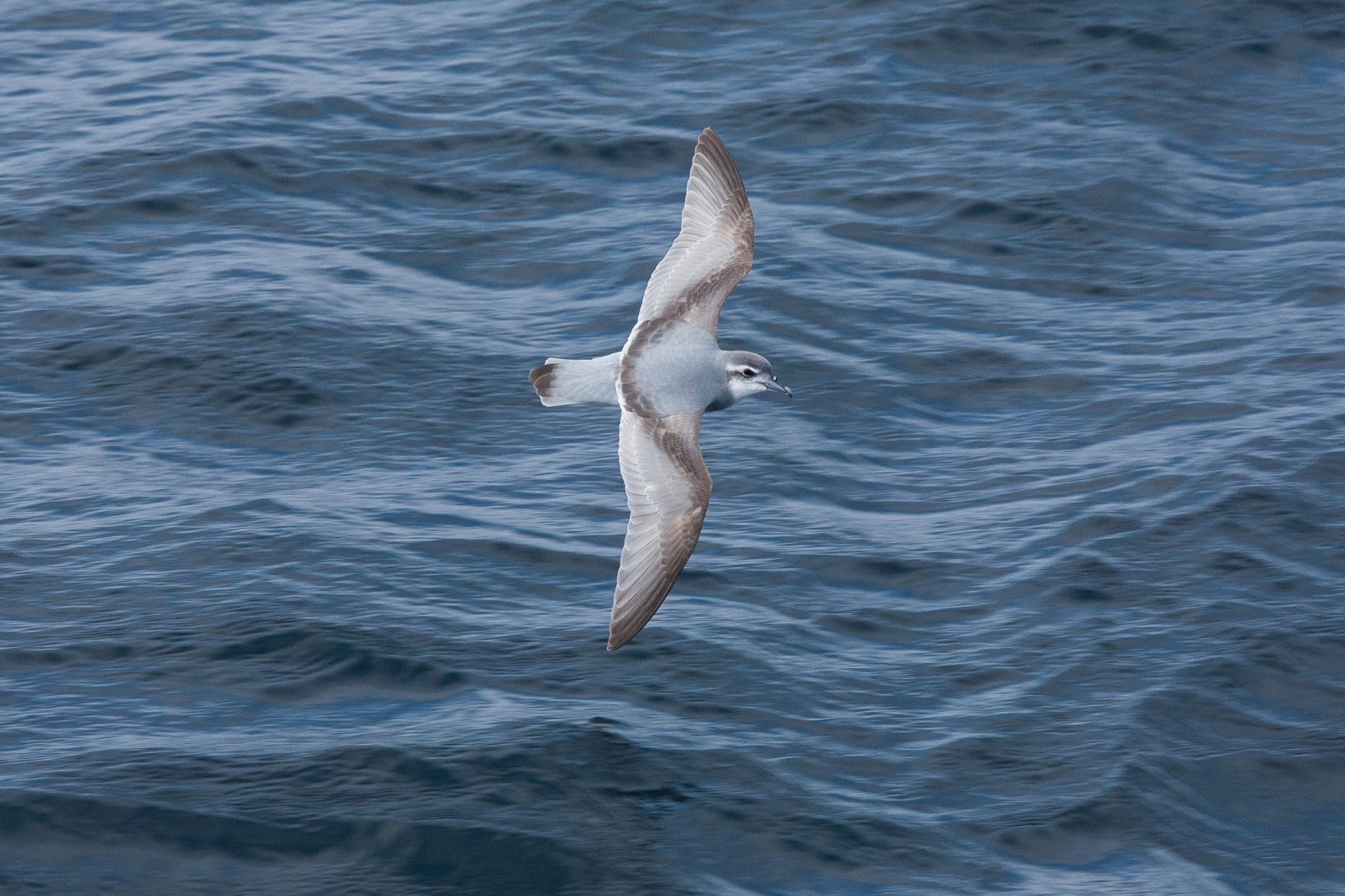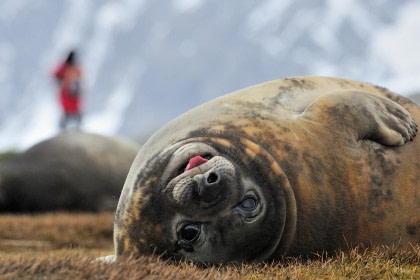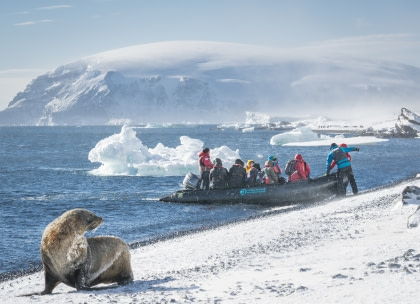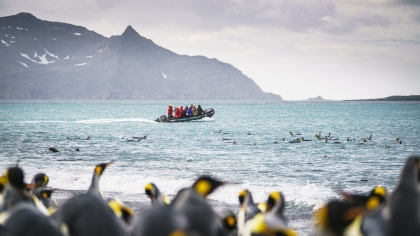Name: Prion, Whalebirds (Pachyptila or Halobaena)
Length: 20 to 30 cm.
Weight: 120 to 250 grams, depending on species.
Location: Antarctica and sub-Antarctic islands.
Conservation status: Least Concern.
Diet: Crustaceans, fish, zooplankton (depending on species).
Appearance: Blue-grey back, black wings and tail, white underparts, black patch under eye, black forehead, black bill. Bill’s shape differs between species. Dove-like configuration.
How do Prions feed?
This depends on the species. All species feed on marine life, foraging for crustaceans and small fish. However 3 species of Prion have lamellae (thin plates close to each other) on their bills that act somewhat like a whale’s baleen to strain for zooplankton.
The Prions skim the surface of the water dipping its bill to snatch up its prey.
Are Prions social?
Prions nest in colonies and feed in large flocks.
How fast do Prions fly?
This will depend on the individual species. As an example, the Antarctic Prion flies at speeds around 35 km per hour.
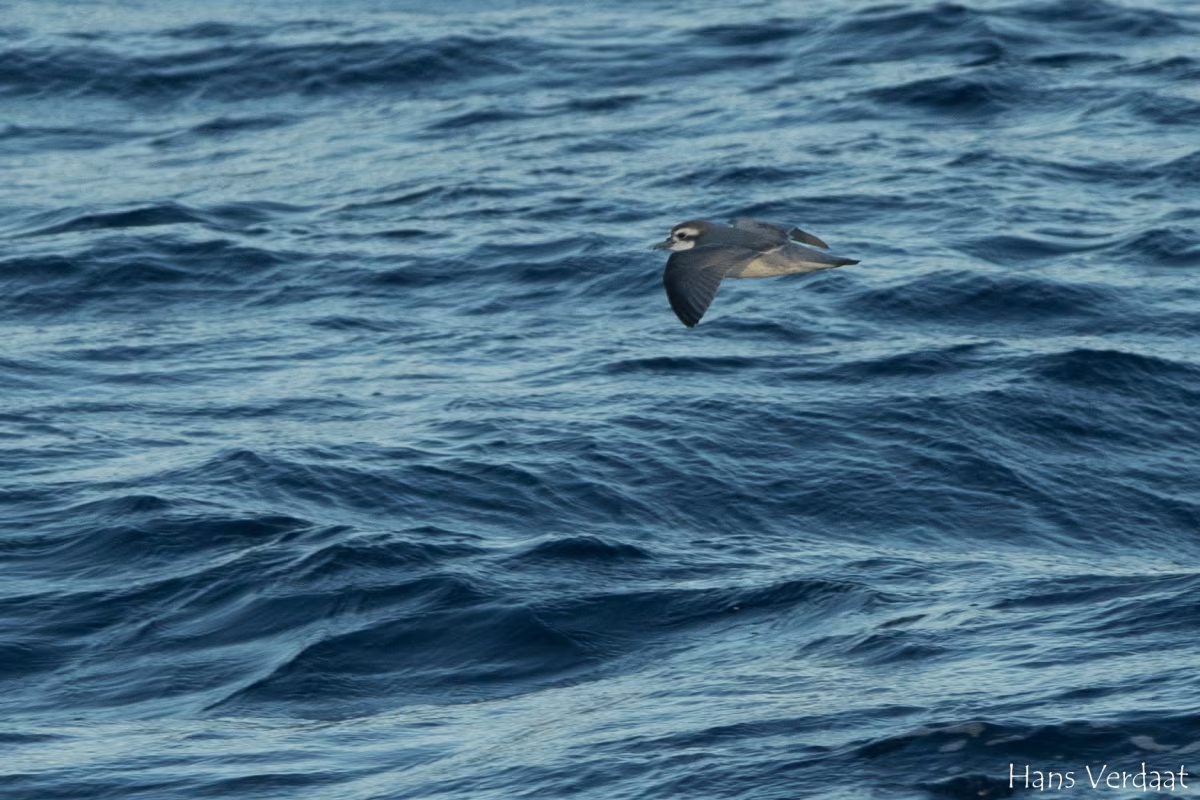
What are Prion birthing rituals like?
Particular habits depend on the individual species.
The breeding season starts around the beginning of August.
Most prions create and breed in burrows. Both parents help in building the nest and then in incubating the single egg for a period of about 50 days. They will then both aid in caring for the hatchling for another 50 days.
How long do Prions live?
Prions live about 15 to 20 years.
How many Prions are there today?
The Prion populations break down as:
- Blue Petrel – 3,000,000
- Fairy Prion – 5,000,000
- Slender-billed Prion – 7,000,000
- Fulmar Prion – between 150,000 and 300,000
- Broad-billed Prion – 15,000,000
- Antarctic Prion – 50,000,000
- Salvin’s Prion – 12,000,000
The worldwide population total is approximately 92,300,000 individuals.
Do Prions have any natural predators?
Prion eggs and young are prey for Skuas, cats, and rats, depending on their location.
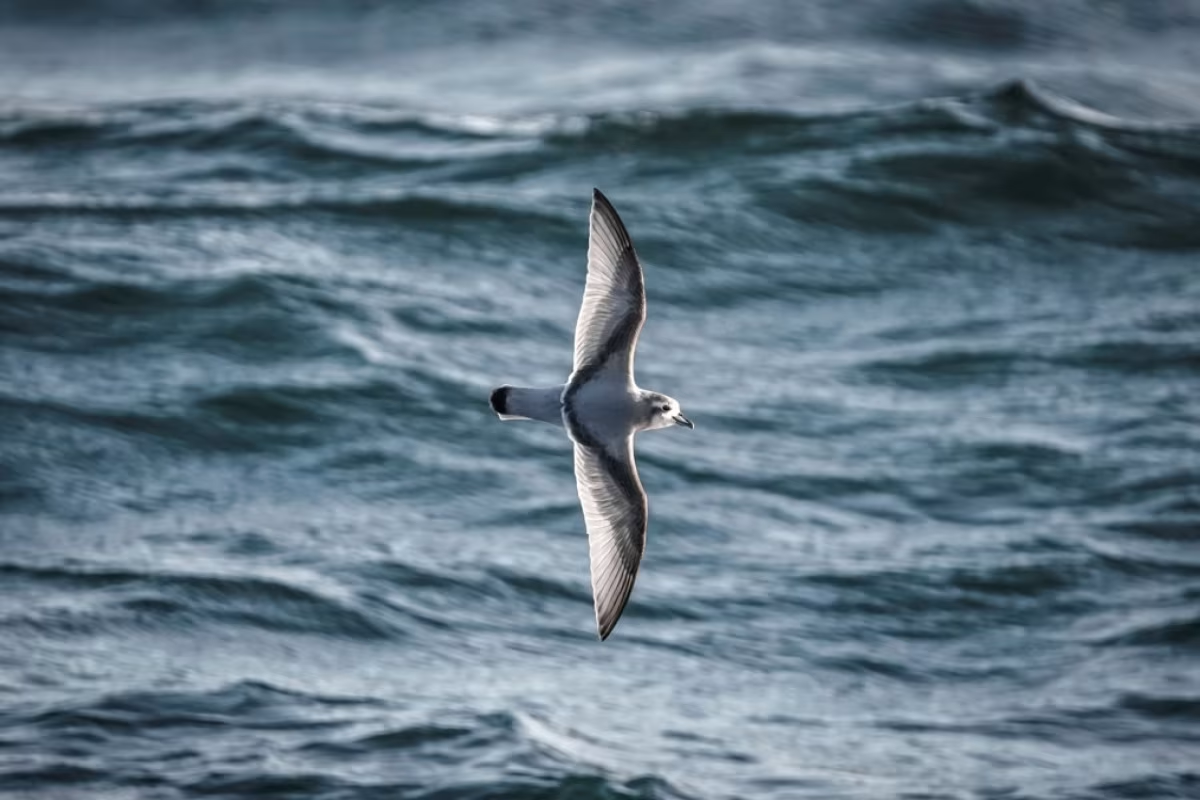
7 Profound Prion Facts
- Prions get their name from the Greek word priōn which means “saw” referring to the serrated edges of the Prion’s bill.
- “Prion” refers to one of the 4 groups found within the Procellariidae family. There are 2 genera of Prions – the Pachyptila and the Halobaena. Those 2 genera contain the following species:
- Halobaena
- Halobaena caerulea – Blue Petrel
- Pachyptila
- Pachyptila turtur – Fairy Prion
- Pachyptila belcheri – Slender-billed Prion
- Pachyptila crassirostris – Fulmar Prion
- Pachyptila vittata – Broad-billed Prion
- Pachyptila desolata – Antarctic Prion
- Pachyptila salvini – Salvin’s Prion
- The broad-billed Prions are the only examples of Petrels that have a flattened bill with lamellae.
- Pachyptila comes from the Greek words pakhus meaning “stout” and ptilon meaning “feather”.
- Like some other forms of marine birds, the Prions store a nutrient-rich kind of oil in a section of their stomach called the “proventriculus”. This foul-smelling oil can be sprayed out at predators in a defensive measure, used to feed themselves during long flights, or can be used to feed their young.
- Also like many other marine birds, Prions have a gland that excretes a saline solution. This is to help get rid of excessive amounts of salt swallowed while feeding from the ocean.
- A flock of Prions at sea is sometimes evidence of nearby whales. Whales drive fish to the surface of the water, making it easier for the Prions to grab their lunch.
